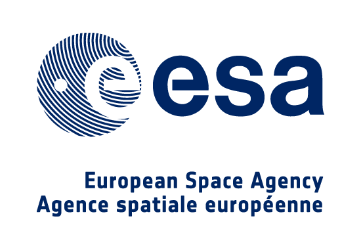Description
The main objective of this project has been a proof-of-concept study of circular polarization dual gridded reflector systems. In the initial phase, two possible solutions based on Circular Polarization Selective Surfaces (CPSS) and polarizers have been investigated and assessed for different reflector configurations. At the end of the first phase, the concept based on CPSS has been selected for a more detailed design and for an experimental verification. A novel CPSS structure has been designed and its performances in a dual gridded reflector has been theoretically assessed in a realistic scenario. This structure is based on a non-resonant concept of operation, consisting of five layers of anisotropic sheets realized by metal meander lines on thin substrates, interspaced by low permittivity materials. In order to increase the bandwidth of the CPSS, the thickness of the spacers and the geometry parameters of the meander lines of each sheet have been optimized using full wave simulations in CST Microwave Studio. Throughout the target frequency band (10.75-14.5 GHz), the final design has achieved return loss and insertion loss better than 0.5 dB, for all planes of incidence, for an angle of incidence up to 30 degrees with respect to the normal direction. The axial ratio in reflection and transmission was better than 0.77 dB for almost all planes of incidence, for an angle of incidence up to 20 degrees. The CP-equivalent of a dual gridded reflector shaped in Ku band to illuminate the Australian coverage has been selected for the reflector system assessment. The antenna is implemented in a reciprocal configuration, i.e. with two CPSS surfaces. The front reflector is a reciprocal symmetric Left-Hand (LH) CPSS reflector, which reflects a field with Left-Hand Circular Polarization (LHCP) to an LHCP field while a field with Right-Hand Circular Polarization (RHCP) passes through. The rear reflector is also reciprocal symmetric and is a RH-CPSS reflector.
In the last phase, a hardware demonstrator, consisting of a parabolic reflector of 75 cm diameter and an F/D=1, has been manufactured and tested, showing interesting results. From the hardware characterization, clearly emerged that the currently available manufacturing processes for large doubly curved multi-layer structure needs to be further improved.

